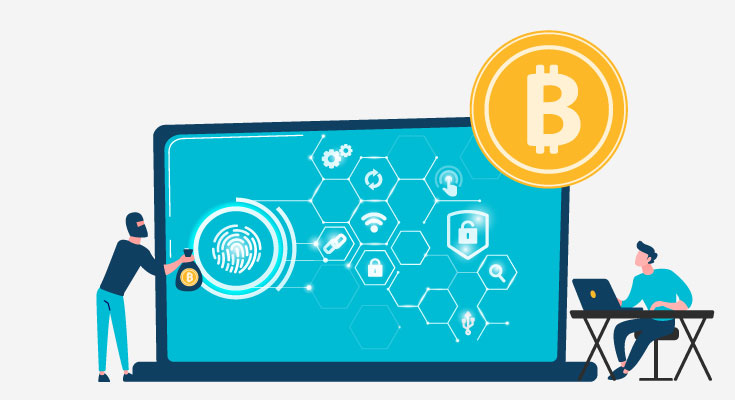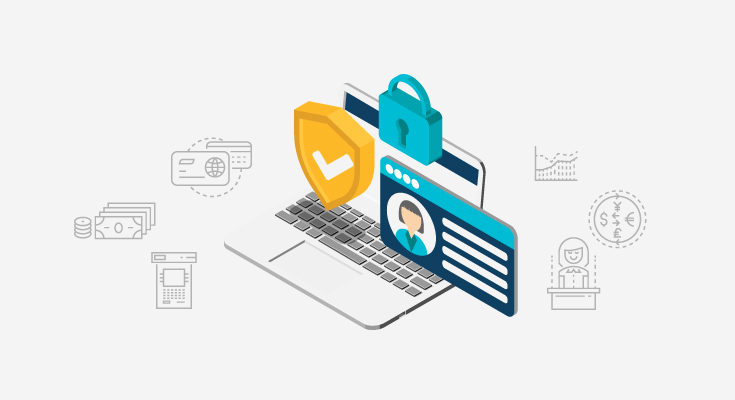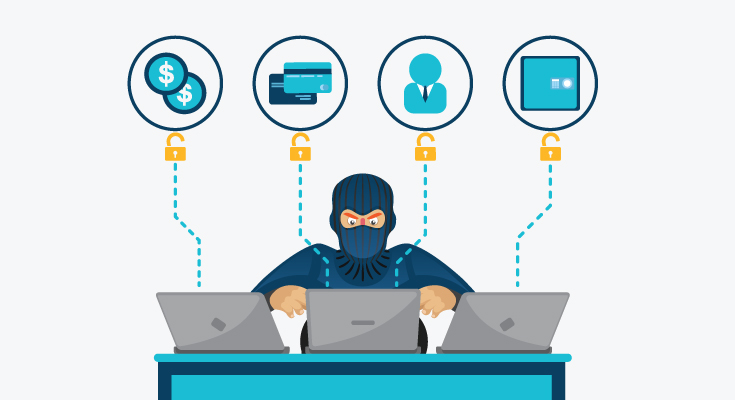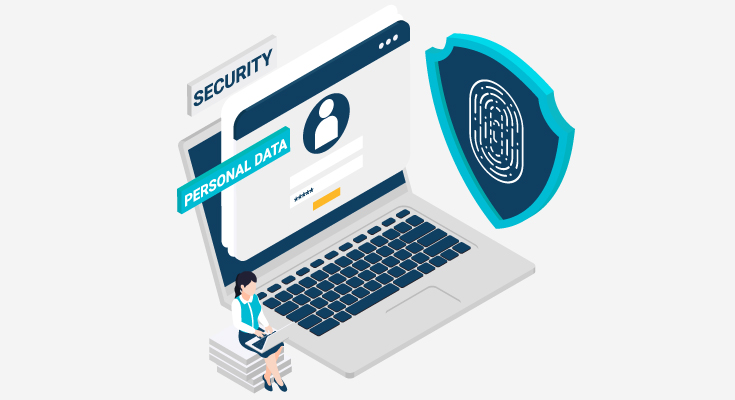The whole idea of identity verification has grown past manually verifying each customer one at a time. Just like everything, online technologies have also improved the way the identity verification process works. Verification and management of online customer identities are more flexible than ever. Systems and solutions built especially for online identity verification are crucial to providing authentic proof of identity for accessing and operating in combination with modern banking systems, e-commerce platforms, third-party payment aggregators, and more. Unfortunately, the rise of technology has given birth to the problem with online identity verification.
As AI-based technologies are becoming more streamlined, organizations try to embrace them to reach more people and provide better security. Technology is not only being used by banks, financial institutions, and others, they are also being used by sophisticated criminals. Keeping up with high-security standards and following strict regulations are some of the most common challenges of online identity verification.
Providing smooth onboarding and secure online transactions can be tough. This is one of the most common problems with online identity verification.
Here are 5 Challenges during the ID Verification Process:
Let’s dive into the main and common challenges…
1. Inefficient and Expensive Costly Identity Verification Solutions
As an online solution, online identity verification is still taking its baby steps. Verification of identity comes in multiple variants, and there are multiple methods for how identity is verified. The entire process of verifying identities used to be pretty simple, but as online transactions have grown in both volume and complexity, the process of digital identity verification has expanded into something else altogether.
For unique sources and channels, users are uncomfortable sharing personal information for verification. Basic details like name, address, and government-issued IDs are not good enough to get a complete idea of a person’s identity. To get more personal details about a customer and verify their identity, organizations need to act responsibly and try to bridge the trust gap between technology and trust.
As more and more people enter the identity verification market, and the volatile nature of the industry, the online identity verification process is not stable. This constantly changing market leads to irregularities when it comes to the serviceability and security of identity verification services.
Businesses that deal in financial transactions are putting in their best efforts to keep up with ever-changing state laws and regulations. These changes in regulations are being done to keep up with the growing data privacy needs.
To reduce the risks of security breaches and compliance risks, businesses will need to stay ahead of changing industry trends. Organizations also need to understand how to manage confidential data such as customers’ personal information. It is one of the primary problems with online identity verification.
2. Trouble Determining the Accuracy of Identity Verification
Being able to accomplish efficient and frictionless identity verification is the key to building a solid customer base and building trust. To make this happen, it is required to integrate identity verification solutions and engage with large audiences. Fraud prevention using the KYC procedure is extremely important.
To get ahead of this challenge, technology and back-end support have to be updated with time, and using tangible resource investments is crucial to maintaining secure platforms.
3. Data Availability and Management Issues
Cross-referencing even the smallest data point is the most vital part of the identity verification process. This leads to collecting personally identifiable information such as social security numbers. Collecting this array of information is essential for firms, but most customers won’t provide the information as it makes them uneasy. Providing basic information and credit reports can make customers susceptible to risks.
To ensure customers that your organization provides a maximum level of security and risk management. Organizations must provide users with control over data collection methods and how they use personal details for online verification.
To accomplish high security and service standards, companies will need to search for solutions that can provide them with online databases. To do comprehensive identity verification, personal information needs to be cross-checked on these databases.
4. Complying with Data Protection & Privacy Regulations
With the sudden increase in the application of online identity verification, the requirement to comply with regulations is also becoming strict. Organizations will have to keep up with the ever-changing rules and policies.
While digital technologies are huge enablers of customer-friendly services, this is also leading to concerns about data security. International standards and regulations are catching up with technological advancements and providing a helping hand in protecting data.
The GDPR came into existence in 2018, since then it has been a guiding system for regulated companies. Similar to GDPR, Anti-Money Laundering Directive 6 has been the central framework for fighting money laundering and terrorist funding.
These regulations are extremely vital for industries like online gaming, dating, and gambling sites. Usually, these sites contain age-restricted content, and digital identity verification regulations protect minors from financial crimes and identity theft. Not being able to comply with regulations makes it one of the primary challenges of online identity verification.
5. Improving Digital Trust & Customer Experience
Customers can rely on several digital banking services in the current system. High-risk transactions, malicious data collection, and not user-friendly databases are enough to ruin the experience for both new and old customers. Establishing trust in the market and ensuring a high level of trust is crucial to building a long-lasting business operation. Not being able to improve the customer experience is one of the biggest online identity verification problems.
Digital identity management data is based on fighting for the right solution for the users and extending a hand in data management. Online identity verification services need to be built, to make sure that the needs of the customer are being fulfilled. Unless firms learn how to improve customer experience this will remain one of the main online identity verification problems.
How does DIRO’s Document Verification Technology Assist In ID Verification?
The online identity verification landscape is in its first steps, and it is riddled with challenges. For banks, financial institutions, and organizations to verify identities online, it is required to get past those challenges.
DIRO document verification API can verify documents instantly and capture information right from the original web source. Verifying documents is the first step in verifying customer identities. Verified information is placed on the blockchain, which makes the documents immutable and secure.














